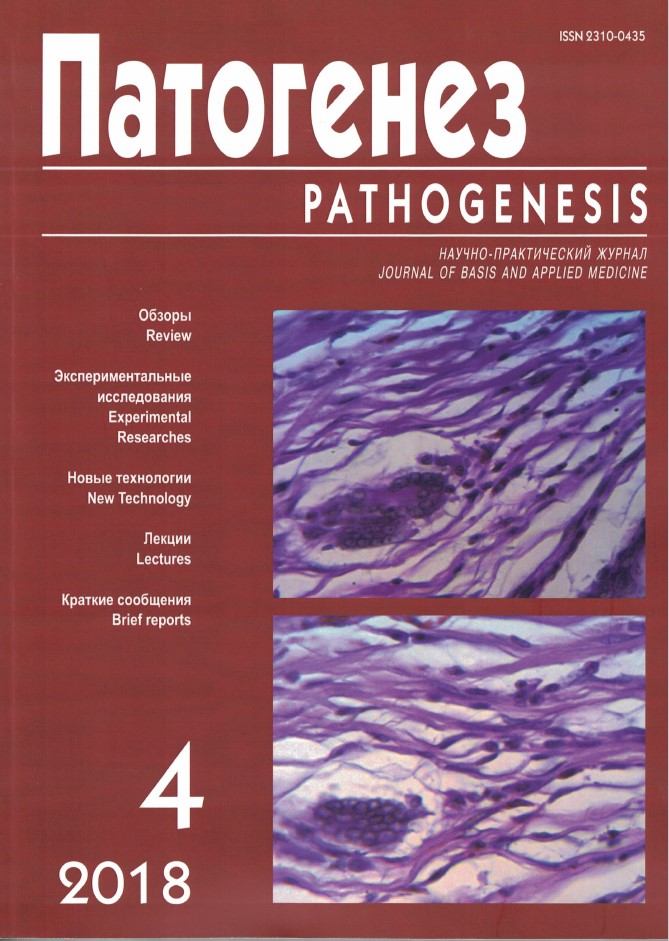A new composition of hyaluronic acid modifications, HR-2, with proteinogenic amino acids increases the metabolic activity of fibroblasts without pronounced proliferative effects
Abstract
Hyaluronan (HA) is a linear heteropolysaccharide, a key component of the extracellular matrix. It plays an important role in maintaining certain physicochemical conditions in tissues. In addition, hyaluronan can modulate the state of cells through interaction with receptors and endocytosis; however, these effects are not well understood. Due to its unique properties, hyaluronan is widely used in various fields of biomedicine, in particular, as microimplant for correction of age-related skin changes. However, native hyaluronan is unstable when injected and undergoes rapid degradation in the tissue, which significantly limits duration of its effects. In this study, we evaluated a new hyaluronan-based composition, HR-2, which is distinguished by covalent cross-links between the chains. Those cross-links were incorporated using a one-stage technology of solid phase modification of polysaccharides developed by the authors. The cross-links prevent the rapid degradation of hyaluronan. The authors proposed a concept of injecting hyaluronan into tissue as a depot of proteinogenic amino acids and vitamins in order to maintain the biosynthetic activity of cells. Previously it was shown that hyaluronan produced with this technology was more stable in the dermis, and, therefore, its performance as a depot can be prolonged. In this work, we studied the effect on endotheliocyte-like cells and fibroblasts of HR-2, which is a new composition of sodium hyaluronate and a copolymer of hyaluronic acid with magnesium ascorbyl phosphate supplemented with glycine, proline, and lysine. The study compared HR-2 with unmodified sodium hyaluronate. We found that the composition of HR-2 in relatively high concentrations dosedependently increased dehydrogenase activities in fibroblasts, that might indicate their metabolic stimulation. This differs HR-2 from native hyaluronic acid, which inhibits the metabolic activity of fibroblasts when added in similar concentrations. Low concentrations
of both drugs, HR-2 and native hyaluronic acid, exerted a hormesis-like effect on endotheliocyte metabolism. Cytotoxicity of the HR-2 formulation was lower than of native hyaluronic acid in both cell types. It should also be noted that no reliable proliferative effects of both drugs have been identified. The new information obtained in this study can help optimizing the use of hyaluronic acid drugs in biomedicine to achieve the best therapeutic effect and reduce undesirable consequences of its use.




